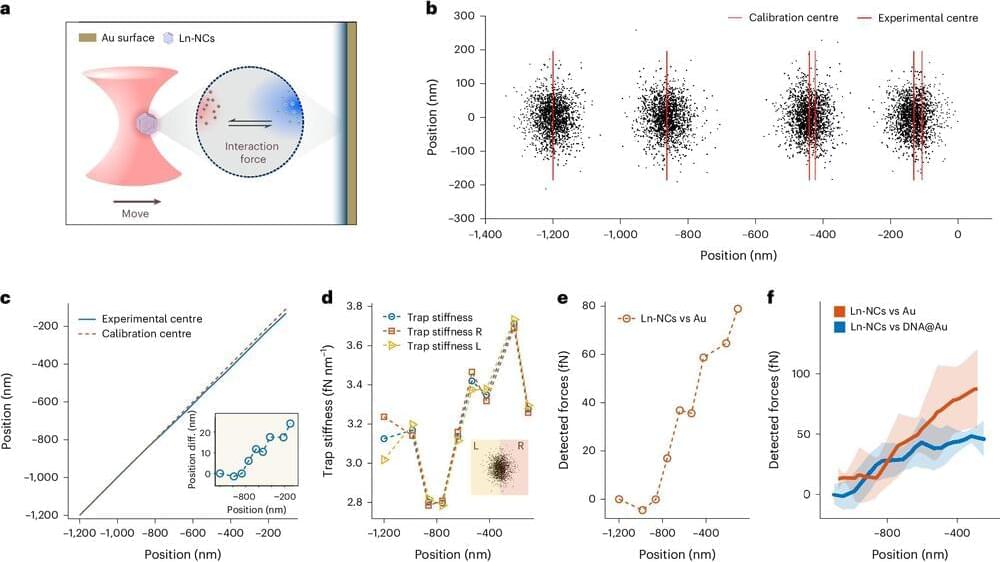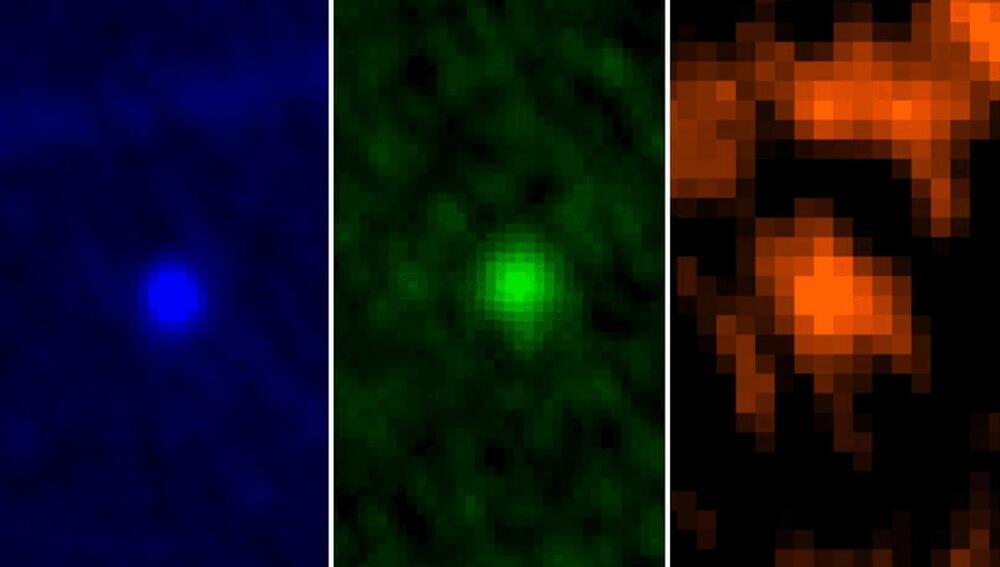Jun 23, 2024
Feeling the Beat: Music’s Global Language of Emotion
Posted by Saúl Morales Rodriguéz in categories: biological, media & arts
A study shows music evokes consistent emotional and physical responses globally, driven by inherent biological mechanisms, not culture. Music influences feelings in different body parts based on the emotion it conveys, supporting its role in social bonding.
New research shows that music evokes similar emotions and bodily sensations around the world. The study, by the Turku PET Centre in Finland, was published in the Proceedings of the National Academy of Sciences.
Music can be felt directly in the body. When we hear our favorite catchy song, we are overcome with the urge to move to the music. Music can activate our autonomic nervous system and even cause shivers down the spine. A new study from the Turku PET Centre in Finland shows how emotional music evokes similar bodily sensations across cultures.


















